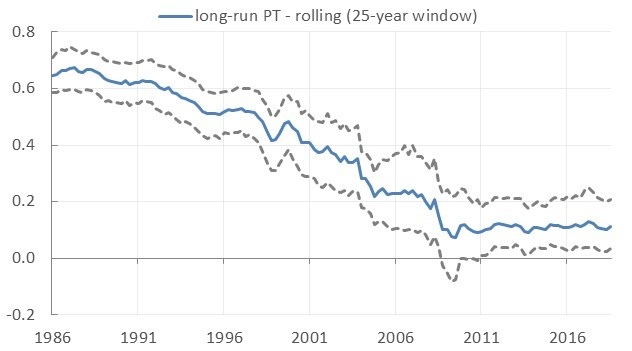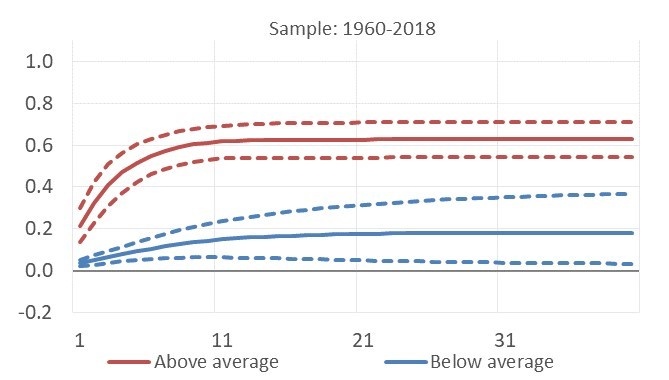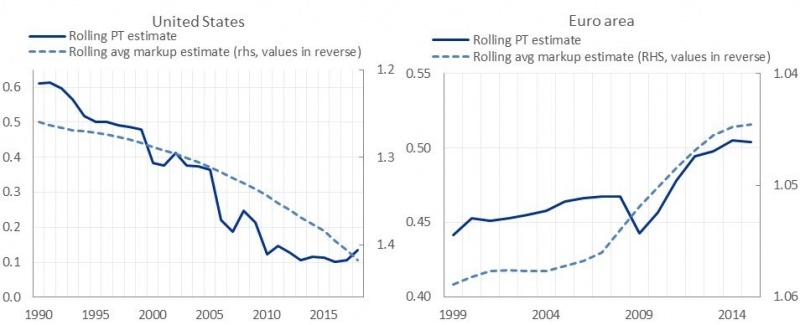References
Autor, D., Dorn, D., Katz, L., Patterson, C., and Van Reenen, J. (2017). Concentrating on the Fall of the Labor Share. American Economic Review, 107(5):180–185.
Bobeica, E., Ciccarelli, M., and Vansteenkiste, I. (2020). The Link between Labor Cost Inflation and Price Inflation in the Euro Area. In Castex, G., Gal, J., and Saravia, D., editors, Changing Inflation Dynamics, Evolving Monetary Policy, volume 27 of Central Banking, Analysis, and Economic Policies Book Series, chapter 4, pages 071–148. Central Bank of Chile.
Bobeica, E., Ciccarelli, M., and Vansteenkiste, I. (2021). The changing Link between Labor Cost and Price Inflation in the United States. Working Paper Series 2583, European Central Bank.
DeLoecker, J. and Eeckhout, J. (2017). The Rise of Market Power and the Macroeconomic Implications. Working Paper 23687, National Bureau of Economic Research.
Knotek, E. S. and Zaman, S. (2014). On the Relationships between Wages, Prices, and Economic Activity. Economic Commentary, Aug.
McAdam, P., Petroulakis, F., Vansteenkiste, I., Cavalleri, M. C., Eliet, A., and Soares, A. (2019). Concentration, market power and dynamism in the euro area. Working Paper Series 2253, European Central Bank.
Peneva, E. V. and Rudd, J. B. (2017). The Passthrough of Labor Costs to Price Inflation. Journal of Money, Credit and Banking, 49(8):1777–1802.
Powell, J. H. (2020). New economic challenges and the fed’s monetary policy review, Speech at ‘Navigating the decade ahead: Implications for monetary policy,’ a symposium sponsored by the Federal Reserve Bank of Kansas City, Jackson Hole, Wyoming. 27 august 2018, Federal Reserve System.








